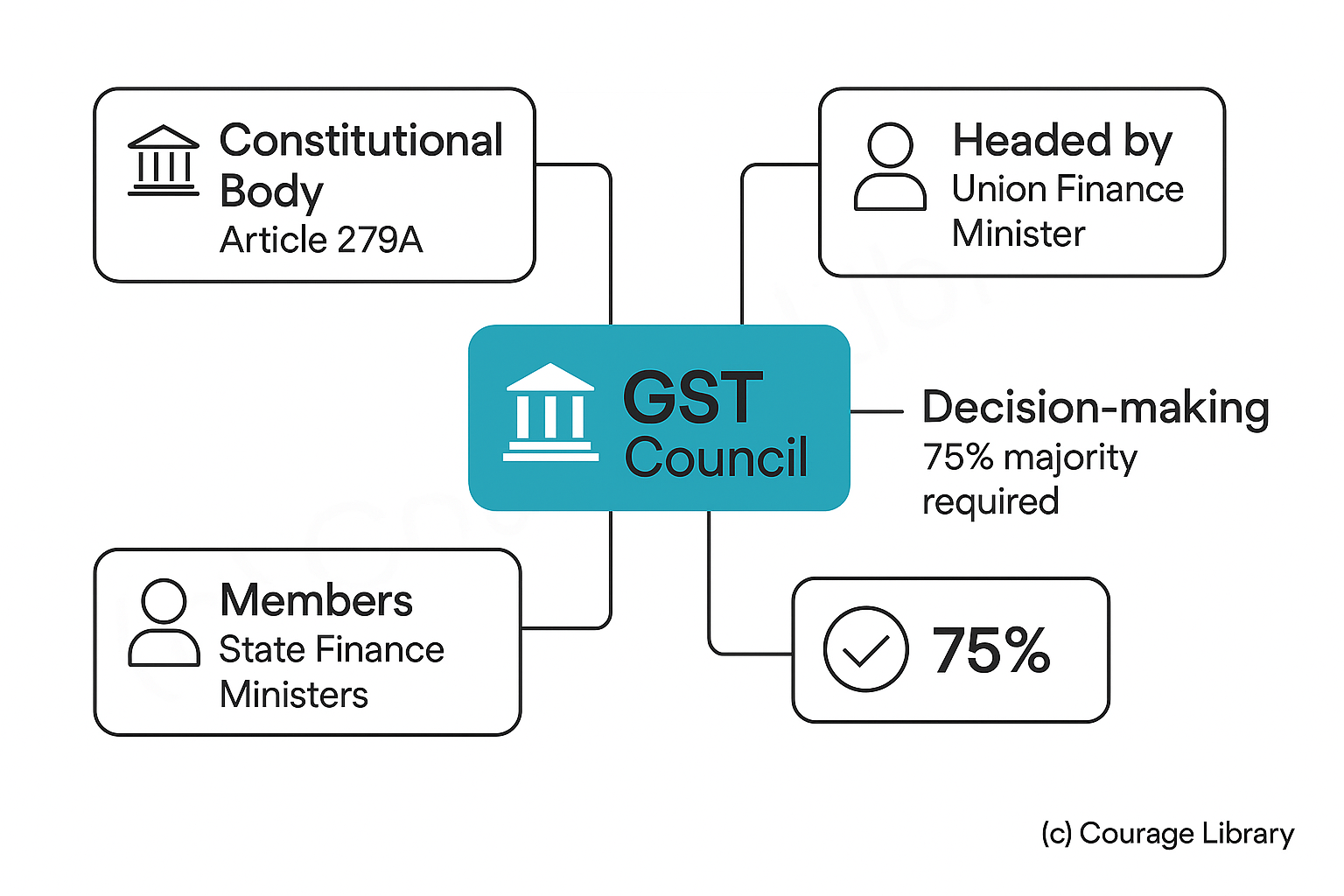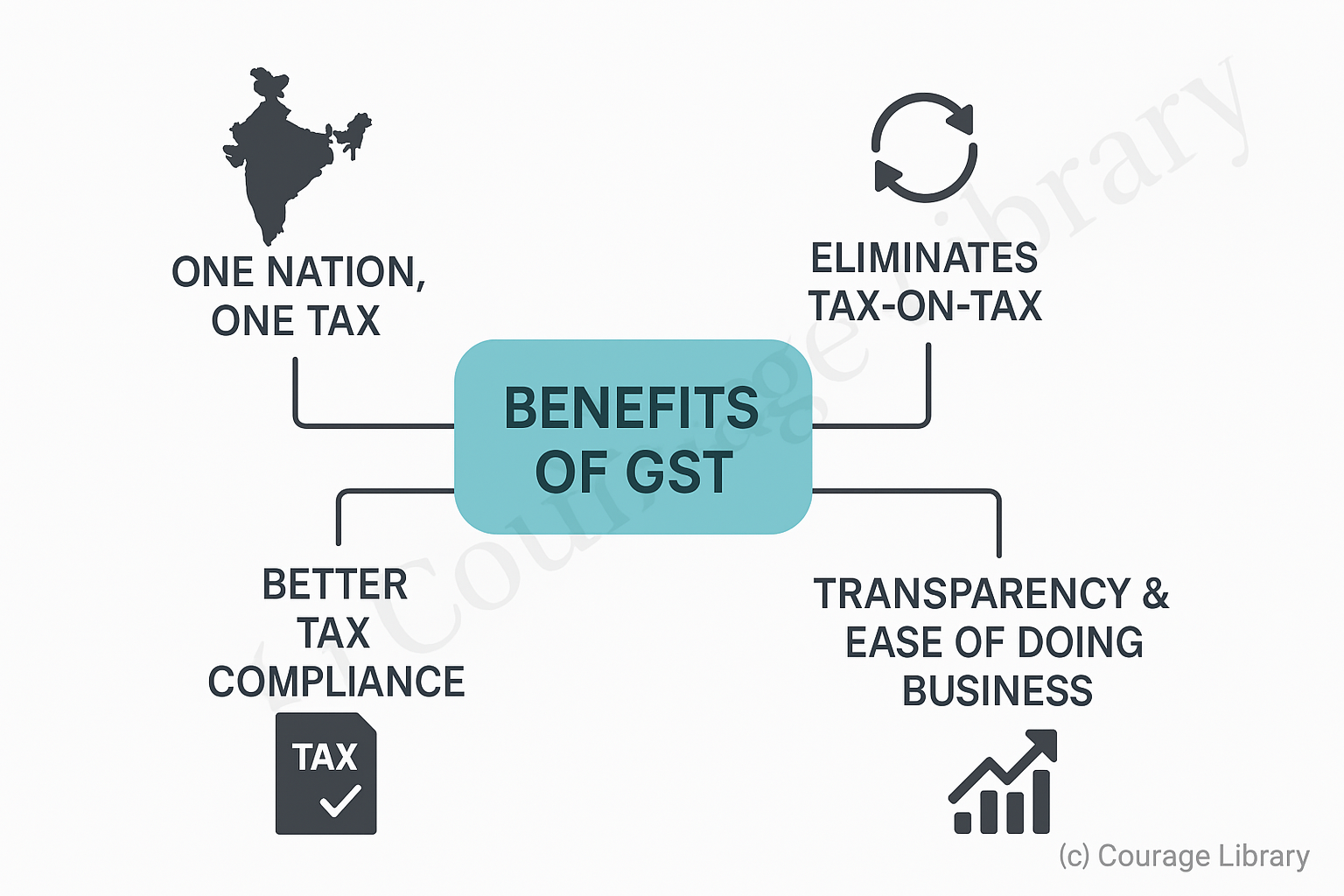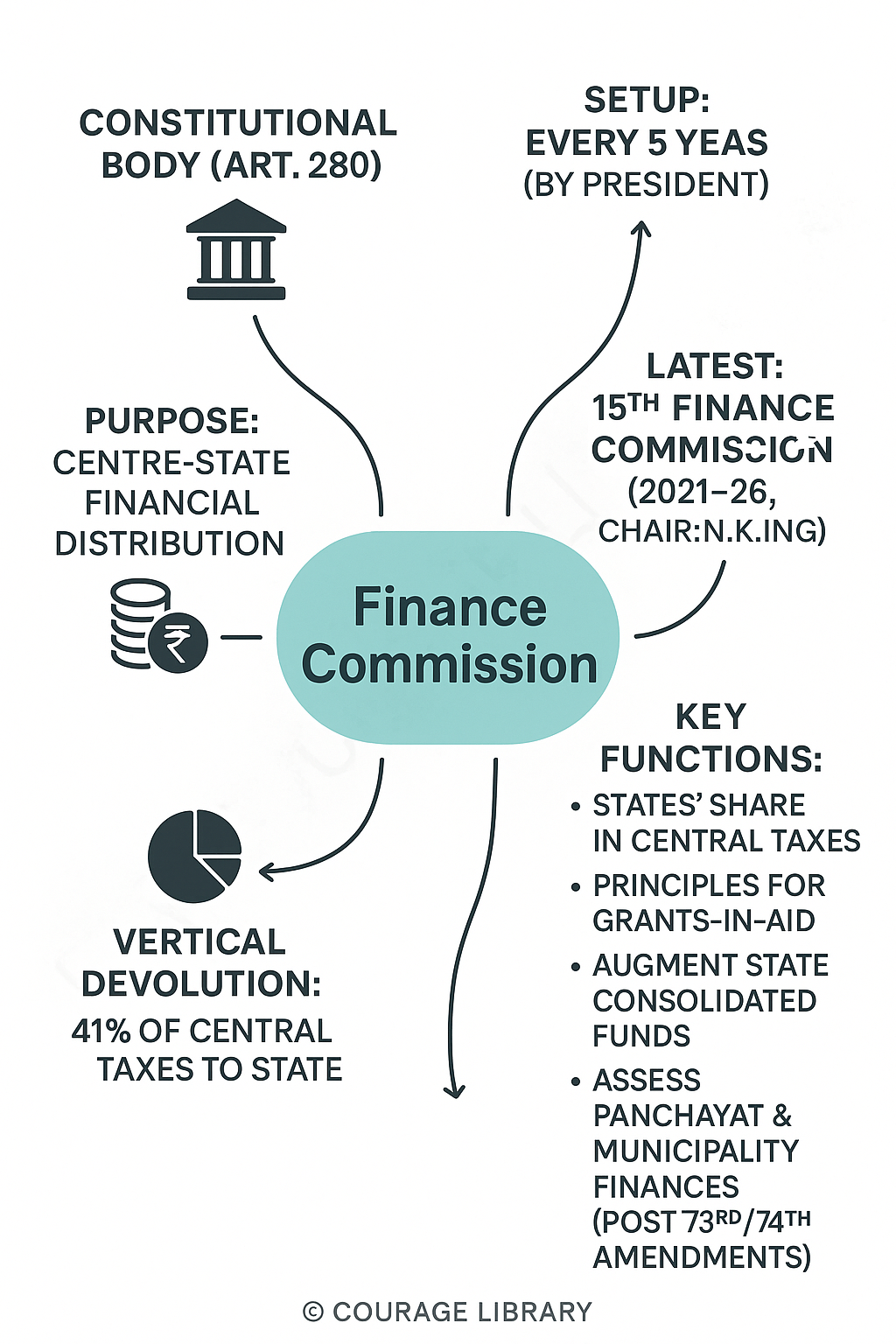SSC CGL - Detailed Guide 2025
Self-Paced Course

Government Budget and Fiscal Policy
Reference: Lucent GK, NCERT Class 6–12
1. Budget – Definition, Types
Definition:
A government budget is an annual financial statement showing estimated receipts and expenditures of the government for a particular financial year (April 1 – March 31), as per Article 112 of the Indian Constitution.
Types of Budget:
| Type | Description |
|---|---|
| Balanced Budget | Receipts = Expenditures |
| Surplus Budget | Receipts > Expenditures |
| Deficit Budget | Expenditures > Receipts (most common in India) |
| Zero-Based Budget | Every expense must be justified from zero; no carryover from previous year |
| Gender Budgeting | Allocation focused on improving women-centric outcomes |
| Outcome Budget | Links allocation with measurable outcomes |
| Interim Budget | Presented by outgoing govt for limited months before elections |
| Vote on Account | Temporary approval to withdraw funds until full budget is passed |
2. Components: Revenue vs Capital Budget
Revenue Budget:
| Revenue Receipts | Revenue Expenditure |
|---|---|
| Income with no obligation | Recurring govt spending |
| E.g., Tax & Non-Tax revenue | E.g., salaries, subsidies, interest payments |
| No asset creation | No asset creation |
Capital Budget:
| Capital Receipts | Capital Expenditure |
|---|---|
| Borrowings, disinvestment | Long-term asset creation, loans to states |
| Recovery of loans | Infrastructure, machinery, buildings |
| Liabilities created | Results in capital formation |
Summary Table:
| Aspect | Revenue Budget | Capital Budget |
|---|---|---|
| Nature | Recurring / Operational | Long-term / Asset-oriented |
| Examples | Tax revenue, interest income | Loans, disinvestment, borrowings |
| Impact | No asset creation | Leads to asset creation or liabilities |
3. Deficits: Fiscal, Revenue, Primary Deficit
Fiscal Deficit:
- Indicates total borrowing requirement of the govt
- Formula:
Total Expenditure – Total Receipts (excluding borrowings)
Revenue Deficit:
- Indicates shortfall in revenue account
- Formula:
Revenue Expenditure – Revenue Receipts
Primary Deficit:
- Fiscal deficit minus interest payments
- Formula:
Fiscal Deficit – Interest Payments
Quick Comparison:
| Deficit Type | Indicates |
|---|---|
| Fiscal Deficit | Total borrowing need |
| Revenue Deficit | Revenue account gap |
| Primary Deficit | Fiscal health excluding past debt |
4. Taxation: Direct vs Indirect Taxes
Direct Taxes:
| Description | Examples |
|---|---|
| Paid directly by individuals/entities | Income Tax, Corporate Tax |
| Cannot be shifted to others | Wealth Tax (abolished), Capital Gains Tax |
Indirect Taxes:
| Description | Examples |
|---|---|
| Collected via intermediaries | GST, Excise Duty, Customs Duty |
| Shiftable to end consumer | Paid indirectly at point of sale |
Key Differences:
| Feature | Direct Tax | Indirect Tax |
|---|---|---|
| Incidence | On taxpayer | On consumer |
| Burden transfer | Not possible | Can be shifted |
| Equity | Progressive | Regressive (affects poor more) |
5. GST (Goods and Services Tax)
- Introduced: 1st July 2017
- Type: Indirect, destination-based tax
- Replaced: Central Excise, Service Tax, VAT, CST, etc.

Structure:
| Tax Component | Levied By |
|---|---|
| CGST | Central Govt |
| SGST | State Govt |
| IGST | Centre (for interstate sales) |
GST Council:
- Constitutional body under Article 279A
- Headed by Union Finance Minister
- Members: State Finance Ministers
- Decisions taken with 75% majority

Benefits of GST:
- One nation, one tax
- Removes tax-on-tax
- Improves tax compliance
- Boosts transparency and ease of doing business

GST Slabs:
| Rate | Items Covered |
|---|---|
| 0% | Essential items (milk, fruits, vegetables) |
| 5% | Common items (edibles, footwear) |
| 12% | Processed foods, computers |
| 18% | Soaps, mobile phones |
| 28% | Luxury items (cars, tobacco, ACs) |
6. Finance Commission
- Constitutional Body: Under Article 280
- Setup: Every 5 years by the President of India
- Purpose: Recommend distribution of financial resources between Centre and States
Key Functions:
- Recommend share of states in central taxes
- Suggest principles for grants-in-aid
- Recommend ways to augment consolidated funds of states
- Assess finances of panchayats and municipalities (since 73rd/74th Amendments)
Latest: 15th Finance Commission (Chair: N.K. Singh)
- Period: 2021–26
- Vertical Devolution: 41% of central taxes to states

Developed By Jan Mohammad
Next
Start Your SSC CGL Journey Now!
Join Courage Library to experience disciplined study and expert support.
Be a Couragian!